Methods for preventing and controlling diseases and insect pests of peony flowers
There are many flower lovers who grow peonies now, and many of them have peony diseases due to improper management during the peony cultivation process, such as yellowing of peony leaves. The most common ones are leaf spot, root rot, and anthracnose. So let's take a comprehensive look at the methods of preventing and controlling peony diseases and pests.
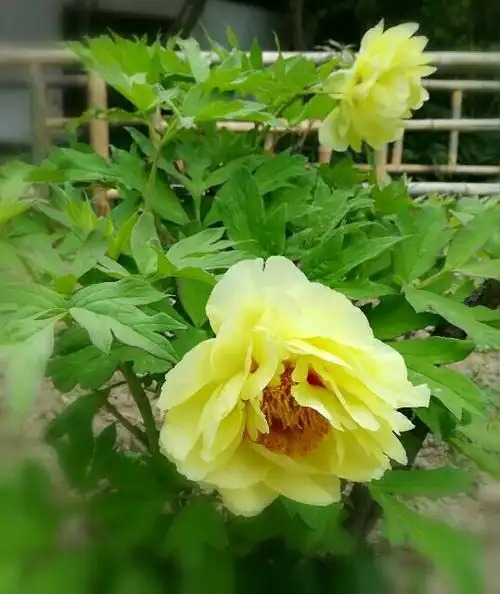
Methods for preventing and controlling diseases and insect pests of peony flowers
1. Leaf spot
Leaf spot mainly harms the leaves and young branches of peony flowers. The disease usually occurs about 15 days after flowering, and is most serious in mid-July. In the early stage, black spots as big as grains will appear on the back of the leaves, and the edges will turn black. For prevention, spray Bordeaux liquid or thiourea, carbendazim liquid every half month starting from flowering every year. Cut off the diseased leaves in time and burn them before winter, and spray lime sulfur mixture before germination in spring.
2. Yellow leaf disease
The yellow leaf disease of peony is mainly caused by the lack of phosphorus in the plant, which manifests as the plant growing short and the leaves turning yellow, starting from the old leaves at the base of the stem, and gradually falling off from bottom to top. To supplement nutrients, spray potassium dihydrogen phosphate or micro-fertilizer on the leaves after the flowers fade.
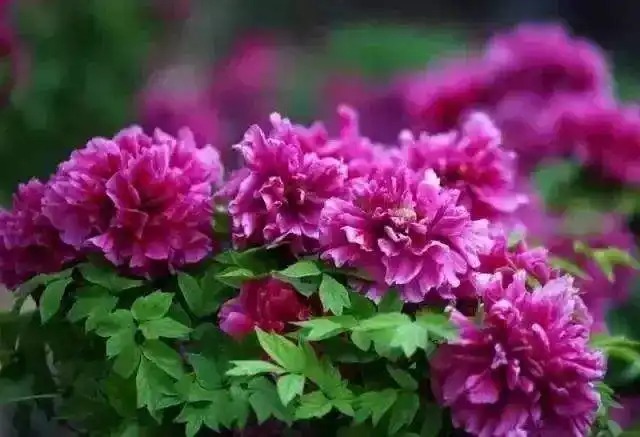
3. Sclerotinia
Sclerotinia is also called stem rot, which mainly harms the rhizomes and causes them to rot. When the disease occurs, water-soaked spots appear on the stems and white cotton-like substances appear on the soil surface. Disinfection: Disinfect the soil before planting the plants, plant after drying, and avoid excessive moisture in the soil during maintenance to prevent bacteria from growing.
4. Purple feather disease
Purple feather disease is a fungal disease that mainly harms the root collar and roots. Purple or white flocs will appear on the affected parts with black edges. In mild cases, flaky patches will form, the roots will not grow, the branches will wither and the leaves will turn yellow. In severe cases, the plant will die. Pay attention to the cleanliness of the maintenance environment to avoid the breeding of bacteria. In hot and rainy weather, reduce watering and ventilate frequently.
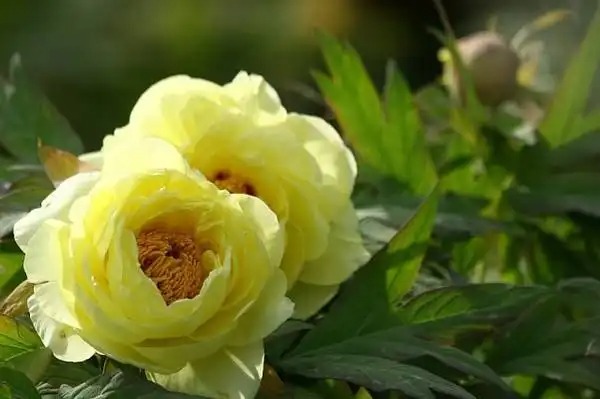
5. Root rot
Peonies have fleshy roots, and waterlogging in the pot soil makes them very susceptible to root rot. In addition, serious underground pests can also cause root rot. Root rot can cause the above-ground part of the peony to grow weak, the leaves to turn yellow and red, and in severe cases, the leaves and branches will die.
How to grow peonies? Prevention is better than cure in the prevention and treatment of root rot. Usually, be careful not to have water accumulation. When transplanting or planting peonies, you can also mix the soil with thiophanate-methyl, or soak the roots with 800 times solution. At the same time, pesticides should be mixed into the soil to prevent underground pests.
6. Anthrax
Anthracnose of peony flowers is prone to occur in the hot and humid summer season. The peony leaves will show dead spots. As the disease worsens, the dead spots will gradually connect into pieces, the diseased stems will become twisted, and the tender branches will die.
In the early stage of peony anthracnose, mancozeb can be sprayed for treatment, usually once every 5-7 days. Continuous use of 2-3 times can cure it.
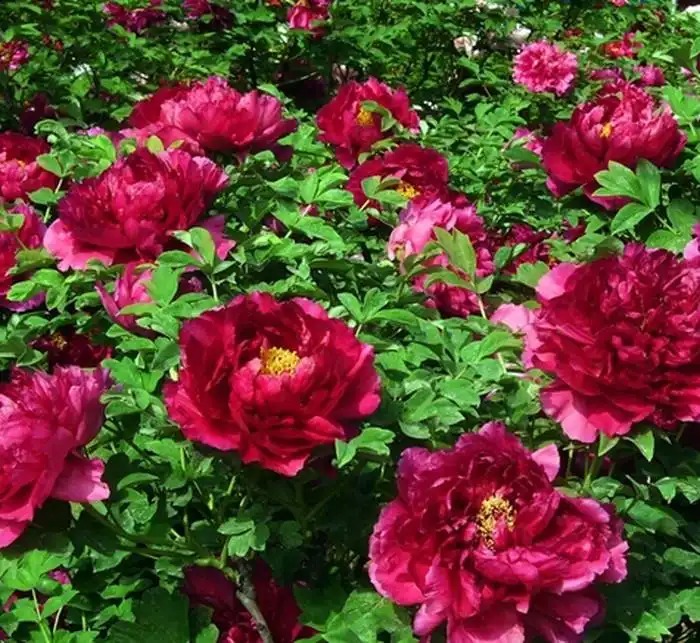
7. Botrytis cinerea
Gray mold disease often occurs in the summer when the temperature is high and the humidity is high. Gray mold disease is most harmful to seedlings, causing them to fall over and wither. Removing dead branches and leaves of diseased plants in autumn, removing diseased buds and leaves in spring, and burying the diseased remains can reduce the incidence of gray mold disease in peonies.
In the early stage of gray mold disease, dark green water-soaked spots appear on the tips and edges of the affected leaves, which initially resemble burns and then gradually spread toward the inside of the leaves. When the humidity is high, brown rotten spots will appear on the leaves and they will be covered with gray mold.
To prevent gray mold, the application of phosphorus and potassium fertilizers should be increased, ventilation should be strengthened, and watering should be controlled. After the disease occurs, methyl thiophanate can be sprayed for treatment once a week, and continuous spraying 2-3 times can cure it.
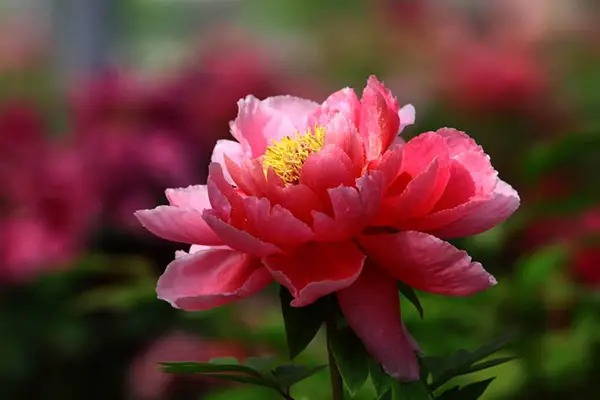
8. Brown spot disease
Peony brown spot disease occurs in the late growth period of peonies. Pale spots of different sizes appear on the leaf surface. The middle of the spots gradually turns brown, and very small black spots are scattered on the front. When the brown spot disease is serious, the entire leaf surface turns into spots and dies. The spots on the back of the leaves are dark brown, and the ring pattern is not obvious.
Brown spot disease usually occurs from July to September, and the lower leaves are usually the first to become infected. If management is relaxed in the later period and the soil in the pot is too dry or too wet, the disease will be serious. Therefore, after the peony flowers are harvested, the diseased and damaged plants and fallen leaves are thoroughly removed and burned in a centralized manner, which can effectively prevent the occurrence of brown spot disease.
http://www./archives/504